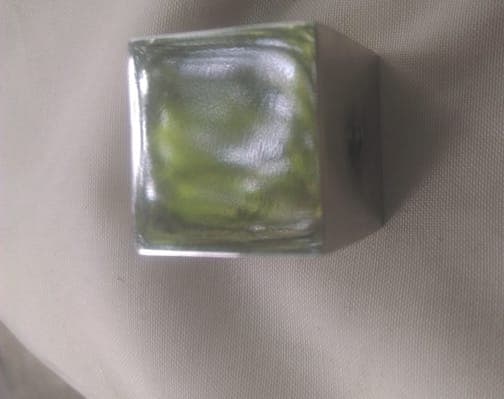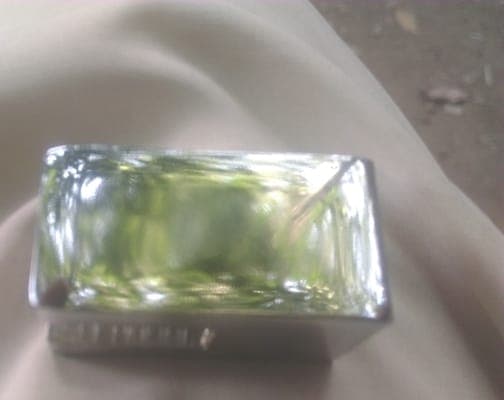
Curated with aloha by
Ted Mooney, P.E. RET

The authoritative public forum
for Metal Finishing 1989-2025

-----
Bright Nickel Plating - Burnt on HCD area
Q. I am working on full bright nickel plating in a strip - to strip plating machine.
We apply 200 Amp for the 100 cm2 plating area, and burnt and rough surface was found on the HCD area. As the plating thickness should be controlled at min. 100 microinch, we cannot lower the current in order to eliminate the problem.
I would like to seek for advice from you, any other control parameters that we can adjust or add to the process in order to eliminate the problem?
(Current parameter Ni conc. 80, pH 3 - 4)
Ken Wah- Singapore
2000
A. You need outstanding agitation (turbulent flow) to obliterate the boundary layer to plate at currents like this, Ken. You should be spraying the solution onto the strip at a very high flow rate and with significant pressure. If the solution is simply flowing over the strip the plating will continue to burn because you won't get a sufficient quantity of nickel ions through the boundary layer to keep up with the electrons that are available to reduce them. Good luck.

Ted Mooney, P.E.
Striving to live Aloha
finishing.com - Pine Beach, New Jersey
2000
Q. Thanks. But we have already using the maximum agitation that we can make by the plating line. Can we increase the Nickel conc. or add in brightener?
Ken Wah [returning]- Singapore
2000
A. Ken,
you also want to check that the bath temperature is at 60 °C min., boric acid concentration at least 40 g/l (a very common cause for high CD 'burning') and you have enough chlorides for conductivity. If all these are within specs, then your primary brightener concentration is too low. Run all these tests in a Hull cell with vigorous agitation and see which addition helps. Then adjust your bath.
Good luck, Plater B

"PlaterB" Berl Stein
NiCoForm, Inc.
Rochester, New York

2000
A. I agree with Berl, you probably need to add more primary brightener. Temp is very important as well, don't operate under 60 °C.
Raising the Ni content can also help, you can operate at 100-110 g/l. Make sure you have no chromic acid contamination as Cr+6 can also cause burning at high current density. Perform a Hull Cell test, as Berl already recommended, it may make it easier to detect the cause of the burning.

Sara Michaeli
Tel-Aviv-Yafo, Israel
2000
ACRONYMS:
LCD = low current density
HCD = high current density
MCD = mid-range current density
Q. Dear All,
I'm related to sanitary industry. Installed an in-house Bright Nickel Plating unit. Kindly advise what is LCD, HCD and MCD areas. Issue: it shows small spots which don't feel when touched and cloudy effect. Filtration and dummying applied but no proper result. Added 1 ltr makeup in 270 ltr bathtub. Still problem not solved .
Kindly advise.
Omer & Brother Co. - Lahore, Pakistani
September 16, 2017
A. Hi Ahmad. We added a sidebar with an explanation of the LCD, HCD, MCD acronyms. You added a 1-liter makeup of what?
The next step is probably to run Hull Cell panels and send us pictures of them. Good luck.
Regards,

Ted Mooney, P.E. RET
Striving to live Aloha
finishing.com - Pine Beach, New Jersey
September 2017
September 17, 2017
Q. Dear Ted Mooney, Thanks for your reply. Kindly find picture in an attached file.


1 Ltr Nickel Makeup added n later on 1/2 ltr added. 200 ml leveler added.
Kindly see the center part of pic it shows cloudy effect and waves along with pin points.
Regards,
Omer & Brother Co. - Lahore, Pakistani
A. 200 ml Leveler in a 270 L bath is too much.
In order to understand your problem, we need some pictures of Hull Cell test panels.
plating - Romania, Bucharest
November 21, 2017
Q, A, or Comment on THIS thread -or- Start a NEW Thread